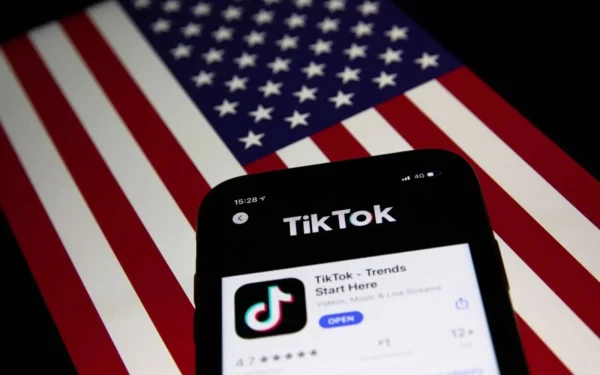iPad Pro Shrinks the Gap Between Tablets and Laptops
When the first iPad came out in 2010, it was intended to take on other tablets in terms of performance and productivity. It became an instant success, selling more than 28 million units within a year according to Statista.com. In the next few years, Apple would roll out different iPad models, such as the Air and the Mini, which helped Apple dominate the tablet market.
However, regardless of how powerful its processors are, the iPad still has not been able to compete with laptops or desktops due to its software limitations and similarity to a regular iPhone. Consumers were not able to use iPads to their full potential because they lacked key features that belonged to other desktops and laptops. For example, they did not have mouse support and Flash capability, which made using Apple’s tablets inconvenient at times.
Last year, though, things changed drastically. At the 2019 Apple WWDC ( Worldwide Developers Conference), Apple unveiled its new software, called ‘iPadOS,’ exclusively made for the top-of-the-line iPad Pro model. It featured much more capability than the old software, which meant the addition of multitasking (multiple applications on the screen at once), gestures (swiping across the bottom of the screen to switch apps, swiping up from the bottom of the screen and pausing your finger in the middle to see all of the apps you have open, etc.) , and desktop-mode websites (web pages appearing as they would while using a laptop or desktop). Basically, this combines the best features of an iPhone, such as having a touch screen, and the functionality of a Mac, such as having higher performance features enabled when browsing the web.

The iPad Pro 12.9 is more like a Macbook Air than a first generation iPad.
“It’s like a computer and a phone [combined],” said seventh grader Christian Lepore. In March of this year, Apple released an updated version of the iPad Pro, featuring AR-capable (Augmented Reality) cameras and an improved A12Z processor, while having the same starting prices of the previous 2018 iPad Pro model ($800 for the 11-inch screen and $1,000 for the 13-inch). What did not remain the same, however, was the new keyboard, or more specifically, the ‘Smart Keyboard,’ which now enables full trackpad and mouse support. This makes utilizing and navigating iPadOS so much easier.
So, with the improved software and the new trackpad/mouse support, the 2020 iPad Pro is on par with Apple’s similarly priced Macbook Air laptop (also redesigned in 2020), which has the similar intention of being a thin, lightweight, portable device.
While all TBS students are required to have a personal device for school, many students still prefer to use a laptop for school work. However, some students enjoy iPads for personal use, and the new iPad Pro has piqued students’ interests.
“I think it’s cool that you can use the pencil with [the iPad Pro],” said eighth grader Brendan Matz. “Honestly, I would buy one, especially during this quarantine.”
“I would buy one because it seems nice and mine is getting old,” said fellow eighth grader Chloe Fong.
Some teachers, however, are not as keen about Apple’s newest tablet.
“I don’t find iPads to be very useful,” said Middle School Academic Dean Mr. Charles Maddox. “They are limited on what they can run, and in my experience, tasks take longer to complete on an iPad than on a laptop,” he said.
“I bought a new laptop in January, and do not plan to buy an iPad,” said History Department Chair Mrs. Anne Franzen. “I don’t think I can get as much accomplished on an iPad as I can on a laptop.”
However, the gap between iPads and laptops, specifically the Macbook Air, is becoming increasingly smaller as a result of Apple’s new iPad upgrades. The choice between the two, though, comes down to personal preference, as they are nearly identical in price, performance, and weight. Of course, there are still some differences. According to www.theverge.com, “One of those computing devices is still a tablet and one is still a laptop, and each is better suited for some tasks than others.”
For example, the iPad Pro has the advantage of having the App Store, which gives users way more access to games and apps. The Macbook Air does not offer this. Also, the iPad can be used as a touch screen, which is not an option on the laptop. However, the Macbook Air features much more compatibility when dealing with downloads and files, which can be helpful for business professionals, students, and users who are dealing with video and/or photo editing.
It will be interesting to see, though, if there is an increase in middle school students deciding to bring iPads to class rather than laptops next year. Either way, Apple is still the brand of choice for most middle schoolers at TBS.








